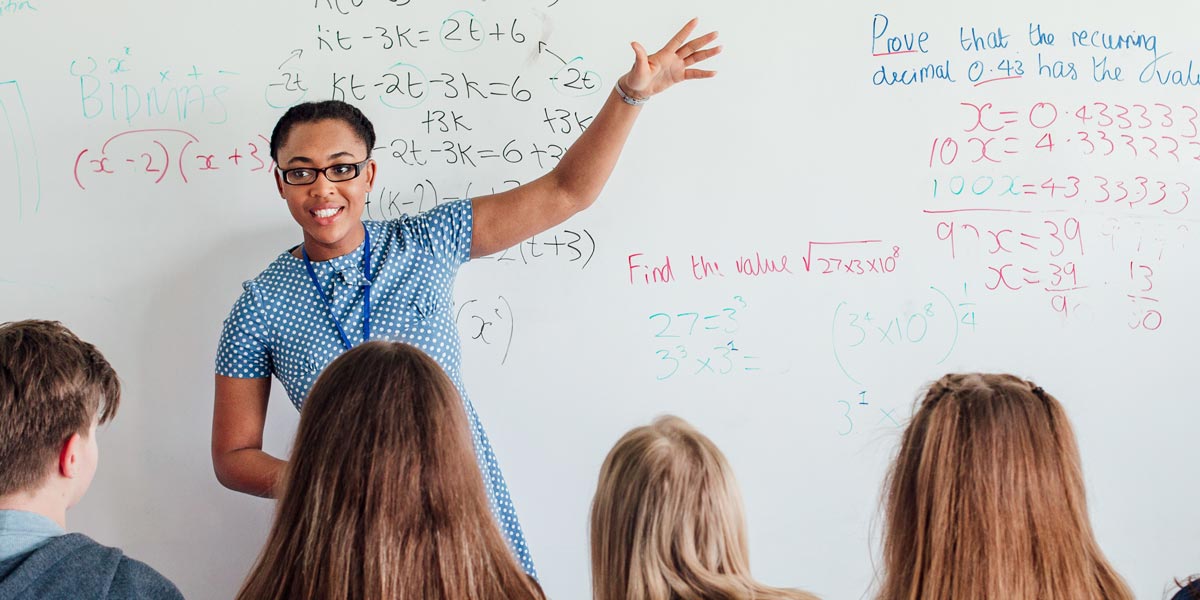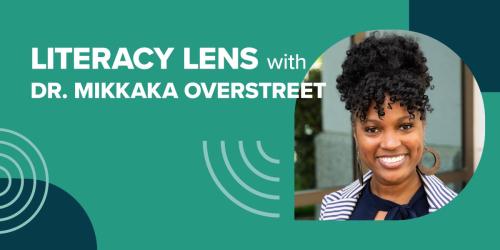Teaching Math to Struggling Learners

Imagine writing a set of driving directions. You’d list the steps, detailing when to turn right and left. But would this work for someone who is not able to differentiate between left and right?
In a case like this, we’d have to strengthen our directions to meet this person’s special needs.
We can do the same when it comes to teaching math.
There is not a single, surefire approach for teaching math to students with learning disabilities. However, a good rule of thumb is to use evidence-based teaching practices that work for all students—and then make the necessary, specially designed adjustments so students with learning disabilities have the support to get where you’re asking them to go.
You might find that you improve outcomes for all students in the process.
With support from the U.S. Department of Education’s Office of Special Education Programs, the IRIS Center at Vanderbilt University has assembled a set of best practices to help math educators meet the needs of struggling learners and students with learning disabilities. Here are a few highlights:
Explicit Instruction
Highly structured and thoughtfully sequenced teaching can improve the ability of all students—including students with learning disabilities—to learn mathematical concepts across grade levels.
Key elements of this strategy include:
- Clearly identifying the skills or concepts needed to complete an activity
- Connecting activities to what students have already learned
- Giving precise instructions
- Scaffolding instruction so students have a chance to practice their emerging math skills and gradually solve whole problems
- Encouraging students to verbally describe their strategy and rationale when solving a problem
Visual Representations
Providing students with an accurate visual depiction of a math problem’s quantities and relationships can help them reflect on their own understanding and solve that problem.
Because students with learning disabilities do not use this strategy on their own, it’s important for teachers to provide them with visual representations, which can include:
- Number lines
- Strip diagrams
- Pictures/illustrations
- Graphs/charts
- Graphic organizers
In addition, there is evidence that using visual representations to solve word problems can help students with learning disabilities make significant gains in math achievement.
Schema Instruction
Word problems can be difficult for most students—especially students with learning disabilities. Teaching students how to identify word problem types based on their structure (i.e., schema) can help. Studies have shown that students are more successful at solving word problems when they identify word problem types than when they learn to only identify keywords in the problem.
The four basic types of word problems are:
- Additive schemas (addition and subtraction)
- Multiplicative schemas (multiplication and division)
- Ratios/proportions
- Combined schemas (multistep problems)
Using explicit instruction strategies can be effective in teaching students to use schemas. In addition, students might find multiple correct ways to use schemas to solve the same problem.
Metacognitive Strategies
Without teacher intervention, students with learning disabilities might use math strategies inconsistently or not at all. Teaching students metacognitive strategies (those that build awareness of mathematical thinking and problem-solving strategies) can help them focus on what’s relevant and solve the problem.
Teachers can work with students to develop skills in these areas to build their metacognitive math abilities:
- Planning: Students make decisions on what the problem is asking them to do and the best strategy for solving it.
- Monitoring: Students check to see whether their strategy is working while they solve a math problem. They ask whether the answer makes sense.
- Modifying: Students adjust their strategy when their approach is not working.
While there is not a single strategy that works for teaching math to struggling learners, it’s a good idea to start with solid and proven teaching practices that work for all students and add specific accommodations for students with learning disabilities to level the playing field and ensure that all of your students have an opportunity for math success.
These strategies were adapted from the Iris Center's resource, What Evidence-Based Mathematics Practices Can Teachers Employ? Also see our research-based resource, Mathematics Interventions: What Strategies Work for Struggling Learners or Students With Learning Disabilities?.



